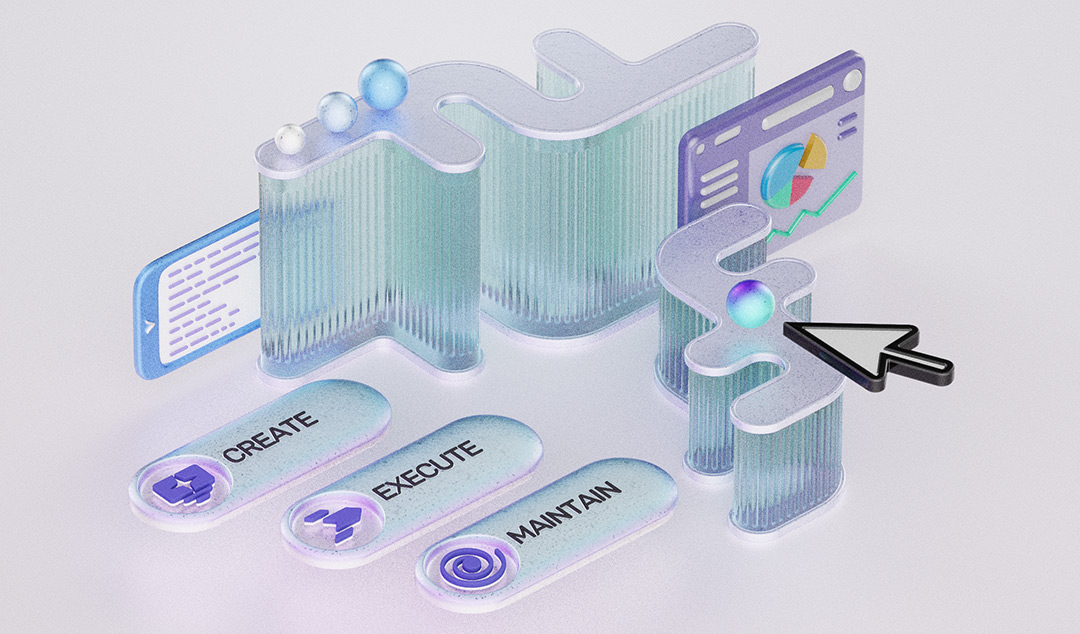The Essential Role of a Test Architect in Modern Software Development
Learn about the role of a test architect in modern software development and how they empower organizations with strategic planning, expertise in automation and testing, and leadership in technology adoption and team mentorship.

The role of test architect in software development has traditionally been an essential one. A test architect is responsible for designing, implementing, and maintaining a comprehensive testing strategy for software projects. They work closely with developers, product owners, and other stakeholders to define testing requirements and ensure the quality of the final product.
In modern software development, there are a multitude of factors that make the role of a test architect particularly key.
The increasing complexity and scale of software systems require a well-defined and robust testing approach. With the rise of agile methodologies and continuous delivery, testing needs to be integrated into every stage of the development process. This makes the role of a test architect even more critical, as they are responsible for not only creating the testing strategy but also ensuring its implementation throughout the development lifecycle.
In this blog post, we explore the role played by test architects in modern software development, their responsibilities, impacts, and the overwhelming significance of their work in the digital age.
What is a Test Architect?
A test architect is typically a seasoned professional in the field of software testing and quality assurance. They hold a strategic role that blends deep technical expertise with a broad vision for the testing process across the software development lifecycle. They go beyond the traditional boundaries of testing to incorporate aspects of software development, automation, and strategic planning.
Test architects design and implement testing frameworks and also have a deep understanding of the overall software architecture. This enables them to identify potential risks, plan for contingencies, and make informed decisions regarding testing priorities.
In addition to technical skills, a test architect is also expected to have strong communication and collaboration skills. They work closely with cross-functional teams to gather requirements, define testing criteria, and ensure alignment between the testing strategy and business objectives.
In short, test architects craft the blueprint of testing methodologies. Their main objective is to enhance the quality of the code from the initial stages of development through to deployment, so as to deliver robust, scalable, and efficient outcomes. They ensure that quality is baked into the product at every stage of its development lifecycle.
Key Responsibilities of a Test Architect
The responsibilities of a test architect may vary depending on the organization and project requirements. However, there are some key responsibilities that are commonly associated with the role:
Strategic Test Planning
One of the core responsibilities of a test architect is to devise a strategic test plan tailored to the project's needs. This involves understanding the product's scope, the technology stack, and the business goals, allowing for the identification of potential risks and defining the key focus areas for testing.
The strategic plan covers all facets of testing, including unit, integration, system, acceptance, performance, security, and user interface (UI) testing. The goal of strategic test planning is to ensure comprehensive test coverage that aligns with both project requirements and industry best practices.
Automation Framework Development
In today's fast-paced development cycles, manual testing alone doesn't cut it. Test architects are responsible for developing and advocating for an automation framework that aligns with the project's scale and complexity. This framework becomes the backbone of all testing activities, and enables rapid and consistent test execution.
The test automation frameworks that the architect designs should be scalable and maintainable, and support automated testing efforts across multiple platforms such as web, mobile, and APIs. It is a fundamental component of the overall testing strategy.
Performance and Security Testing
With users' increasing demands for speed and data protection, the test architect's role in performance and security testing has never been more critical. They are expected to possess deep knowledge in these areas, and to guide teams in implementing best practices that ensure the software’s performance under load and its resilience against cyber threats.
Test architects develop and execute performance test scripts and security test plans using specialized tools. They benchmark software performance against expected outcomes and identify potential vulnerabilities before the product reaches the market.
Continuous Integration/Continuous Deployment (CI/CD)
A test architect plays a vital role in integrating testing into the CI/CD pipeline. Their expertise ensures that automated tests are efficiently executed as part of the deployment process.
They monitor and optimize the performance of these pipelines to prevent bottlenecks and ensure that deployments are both quick and secure. They facilitate early detection of issues and foster a culture of continuous improvement.
Tool and Technology Evaluation
Technology is constantly evolving, and so are testing tools and practices. Test architects stay at the forefront of these advancements, evaluating new tools and technologies to enhance testing effectiveness and efficiency.
They continuously research and evaluate new testing tools, technologies, and practices to enhance the effectiveness and efficiency of the testing processes. Their insights drive the adoption of innovations that keep the testing strategy ahead of the curve.
Mentorship and Leadership
Beyond strategy and technical responsibilities, test architects are mentors and leaders within their teams. They foster a culture of quality, share their knowledge and expertise to uplift the entire testing team’s capabilities and promote collaboration between testers, developers, and other stakeholders in the software development process.
Test architects facilitate training in testing practices and techniques, including test automation practices, code quality standards, and the latest testing technologies, effectively managing resources and promoting continuous learning.
The Impact of a Test Architect
The impact of a test architect is noticed in the quality of a software product. Their expertise in creating and implementing a comprehensive testing strategy ensures that every aspect of the product is thoroughly tested, which reduces the risk of critical issues and defects. This leads to a higher quality end-product, which in turn improves customer satisfaction and trust in the brand.
A test architect’s contributions also lead to cost savings for organizations by identifying and addressing potential issues early in the development process, reducing the need for expensive fixes and rework later on.
Test architects advocate for best practices, tool modernization, and quality-oriented processes. They empower organizations to face software development challenges head-on, ensuring scalability, reliability, and security in a competitive landscape. They promote innovation and risk-taking in the testing process, and they enable organizations to stay ahead of the curve and deliver products that meet or exceed customer expectations.
Conclusion
The role of a test architect is indispensable in modern software development. As the architects of quality, they shape the processes that ensure software products are built to last. Their strategic planning, expertise in automation and testing, and leadership in technology adoption and team mentorship create a robust foundation for developing high-quality software. Test architects have redefined the boundaries of traditional QA to meet the demands of modern software practices, which is key in the era of digital transformation.
In a world where software pervades every aspect of our lives, the test architect's role is essential for businesses seeking to innovate confidently and swiftly. Their work ensures that software not only functions but thrives in the real world, providing users with the seamless, secure, and engaging experiences they demand.











